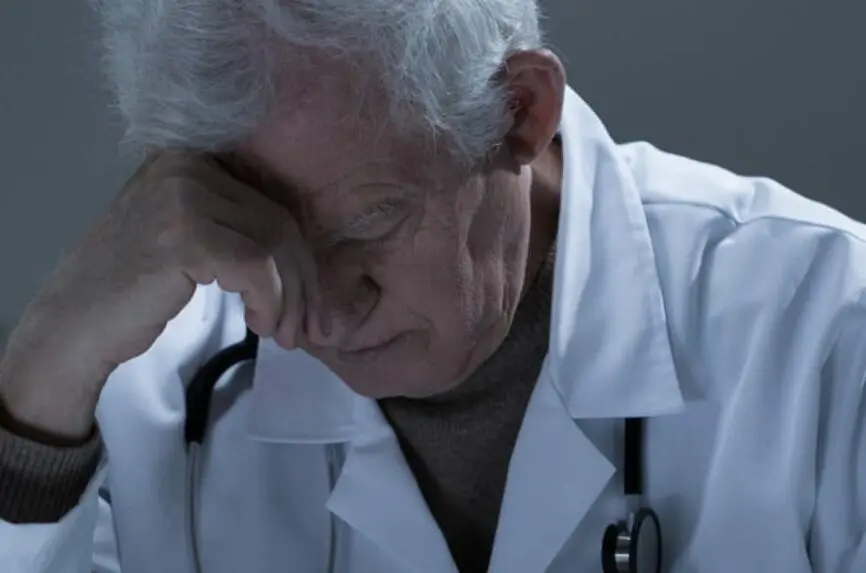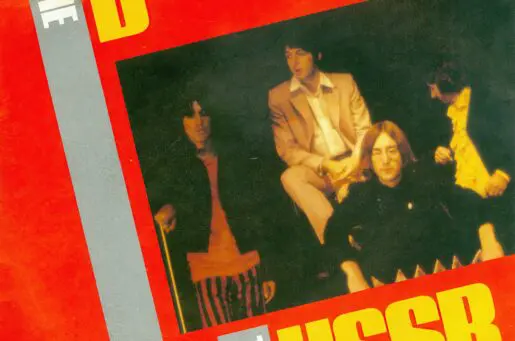Bioethics Forum Essay
A Doctor’s Dilemma: A Case of Two “Right” Answers
Imagine you are a doctor running a clinic in a primarily lower-income neighborhood, where many of your patients are recent immigrants from different parts of the world. You are granted a fixed annual budget of $100,000 through your local public health department, and it is unlikely that you can obtain additional funding later in the year. Traditionally, you have used your entire budget for the past several years, which usually lasts from January until December. This allows you to care for all of the few thousand patients who come to you for treatment throughout the year.
One day in January, a frightened, thin young man appears to the clinic with a folder of medical records. He is accompanied by his aunt, who explains to you that he has recently traveled from El Salvador, where he was diagnosed with a rare type of cancer that, if untreated, will result in his death within six months. After further inquiry, you determine that his cancer is treatable, but will require $50,000 of your budget to save his life. What do you do?
The ethical dilemma in this case is one that physicians and public health practitioners confront often, particularly in very low-resource settings: the care of the individual versus the equitable distribution of resources to the society at large. For this case, treating this single patient means that there will not be enough money to treat all of the other patients who come to the clinic over the course of the year. In economic terms, we might say that his care is not cost-effective because for the same amount invested in supplying the clinic, we could prevent many more deaths or disability adjusted life years for a greater number of patients. However, allowing a patient to die of a treatable condition feels wrong on many levels.
Thinking through this further, we must look closely at our values as a country and a health system: thanks to EMTALA, we ensure that no patient will ever be allowed to die of an emergency condition while in a hospital; thus, we value saving people from imminent, preventable death. However, there are two bioethical principles at odds here: beneficence (doing what is best for the individual patient) and justice (doing what is most equitable for a society or group of patients).
What if the situation was framed as follows: if you spend $50,000, you can save the life of this single patient, or you will certainly prevent morbidity for 500 future patients? What if you knew more of this patient’s backstory, such as the fact that his mother sold one of her kidneys in the underground organ trade to be able to pay for his hospital visits and tests in El Salvador—would these narrative details change how you felt about spending the money for his care? Is it fair for these details to influence your decision?
How we judge what is right versus wrong is very challenging in medicine and public health, and even more so when two choices might both actually be “right” in their own way, which is far more often the case. How do we end up choosing? One way to approach this ethical problem is from the perspective of moral distress. Moral distress is a term originally coined from the nursing field referring to the stress that is birthed from one’s inability to turn moral positions into complementary moral action—in other words, feeling like you know what the “right” choice is, but being unable to act on it for some reason. Research suggests that the way in which we fundamentally make decisions ends up being tied directly to emotions, even if we think we are functioning completely analytically. Thus, evaluating which option—treating him or not—causes you more moral distress is one way to decide.
Interestingly, our moral distress responses are probably tied closely to our lived experiences. For instance, my own background in global health led me to lean on the side of not treating the patient in this case because I have witnessed so many deaths due to unequal distribution of resources in hospitals in Sub-Saharan Africa—deaths of patients suffering from cheaply treatable conditions because of heavy illness burdens on fragile health systems. For me, rationing of care was an unfortunate reality that I had faced many times in global health settings. I found more moral distress in the idea that several patients would not receive treatment because of my decision. Admittedly, I was less certain about whether I was “right,” but clear in my visceral reaction.
A colleague found herself feeling the opposite, which she attributed to her experience being a medical student during which time she encountered many individual patients who were not treated with kind, compassionate care. This led her to commit to an ideal that she would attend to every individual patient, no matter the circumstances. As a medical student in the United States, she was far less comfortable with the idea that care had to be rationed. She experienced much greater moral distress from not treating a patient for whom we had resources available at that time. Our lived experiences in healthcare shaped our moral distress to the various choices, which ultimately tilted us toward one side or the other. We both shared an immense sense of care for the patient in the scenario, but we had different frameworks through which we analyzed the dilemma.
Ultimately, the role of a physician and a public health practitioner requires the balance between two very different needs, but ones that are very intricately and inherently intertwined. There can be no public health without individual health, but the health of the individual should also not detract from the health of the public. Moral distress is one explanation for how we ultimately make ethical decisions, and while most of these decisions will not have a clear “right” versus “wrong” outcome, they all deserve equal consideration and moral reasoning. As physicians, it is critical that we do not ignore the health needs of our communities; and as public health practitioners, we must remember that at the end of the day, we are fighting for communities that are made up of individual people.
Abraar Karan, MD, is a physician at the Harvard T.H. Chan School of Public Health in the Department of Health Policy and Management. Follow him on Twitter (@AbraarKaran). A version of this essay originally appeared in The Huffington Post.













